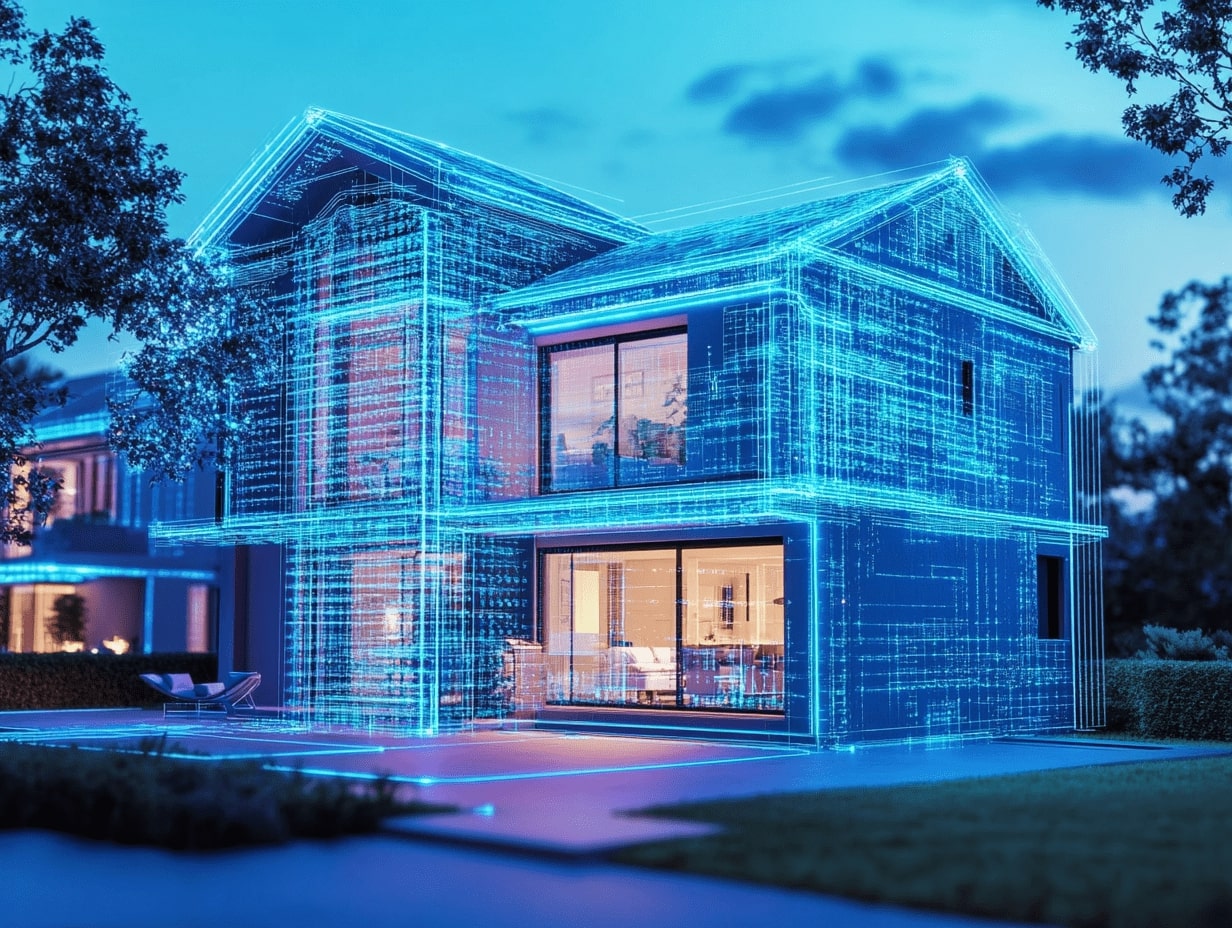- Home
- Articles
- Architectural Portfolio
- Architectral Presentation
- Inspirational Stories
- Architecture News
- Visualization
- BIM Industry
- Facade Design
- Parametric Design
- Career
- Landscape Architecture
- Construction
- Artificial Intelligence
- Sketching
- Design Softwares
- Diagrams
- Writing
- Architectural Tips
- Sustainability
- Courses
- Concept
- Technology
- History & Heritage
- Future of Architecture
- Guides & How-To
- Art & Culture
- Projects
- Interior Design
- Competitions
- Jobs
- Store
- Tools
- More
- Home
- Articles
- Architectural Portfolio
- Architectral Presentation
- Inspirational Stories
- Architecture News
- Visualization
- BIM Industry
- Facade Design
- Parametric Design
- Career
- Landscape Architecture
- Construction
- Artificial Intelligence
- Sketching
- Design Softwares
- Diagrams
- Writing
- Architectural Tips
- Sustainability
- Courses
- Concept
- Technology
- History & Heritage
- Future of Architecture
- Guides & How-To
- Art & Culture
- Projects
- Interior Design
- Competitions
- Jobs
- Store
- Tools
- More
Smart Outdoor Technology for Future Ready Homes: Innovations for Security, Convenience & Sustainability
Discover how smart outdoor technology is transforming patios, gardens, and driveways into connected, efficient spaces. From energy-saving smart lighting to AI-enabled security and weather-adaptive irrigation, learn how these innovations enhance convenience, security, and sustainability for future-ready homes while addressing challenges like privacy and maintenance.

Our homes are evolving, and the spaces outside are no exception. With smart outdoor technology, we’re transforming patios, gardens, and driveways into connected, efficient, and future-ready extensions of our living spaces. These innovations don’t just add convenience—they enhance security, energy efficiency, and even the way we entertain.
Imagine controlling your outdoor lighting, irrigation, or security camera monitoring with just a tap on your phone. From weather-resistant smart speakers to automated lawn care systems, these advancements are designed to make outdoor living smarter and more sustainable. It’s not just about keeping up with trends; it’s about creating homes that adapt to our modern lifestyles.
As we embrace this tech-driven shift, it’s clear that the future of smart living extends far beyond our front doors. Let’s explore how these cutting-edge solutions are reshaping outdoor spaces and why they’re essential for tomorrow’s homes.

Table of Contents
ToggleWhat Is Smart Outdoor Technology?
Smart outdoor technology refers to interconnected devices and systems designed to optimize outdoor areas for convenience, security, and efficiency. These technologies integrate wireless connectivity, sensors, and automation to manage various outdoor functions seamlessly.
Applications include smart lighting (motion-sensing lights, color-changing LEDs), automated irrigation systems (weather-responsive sprinklers, soil moisture sensors), and smart security devices (video doorbells, AI-enabled cameras). Devices are controlled through smartphones, voice assistants, or centralized hubs, offering real-time management and monitoring.
Compatibility with ecosystems like Amazon Alexa, Google Assistant, and Apple HomeKit enhances usability, allowing homeowners to tailor settings to their preferences. By focusing on energy efficiency and customization, smart outdoor technology plays a critical role in future-ready homes.
Key Features Of Smart Outdoor Technology
Smart outdoor technology enhances convenience, security, and energy efficiency in outdoor spaces. Its key features include energy-saving functions, seamless connectivity, and advanced automation.

Energy Efficiency
Energy efficiency remains a core benefit of smart outdoor devices. LED smart lighting adjusts brightness automatically based on ambient light or motion. Weather-responsive irrigation systems ensure optimal water usage by adapting to local weather data and soil conditions. Solar-powered outdoor gadgets, such as cameras and pathway lights, reduce reliance on grid electricity while lowering energy costs.
Connectivity And Integration
Smart outdoor systems connect seamlessly with home ecosystems through Wi-Fi, Zigbee, or Bluetooth protocols. Integration with platforms like Amazon Alexa, Google Home, and Apple HomeKit centralizes control, enhancing usability. Devices like video doorbells, motion detectors, and sprinkler systems operate in harmony, offering interconnected functionality. This connectivity ensures a unified smart home experience extending to outdoor spaces.
Automation And Control
Automation and control drive the convenience of smart outdoor technology. AI-enabled cameras trigger alerts for unusual activity. Automated sprinklers and smart lighting systems schedule routines or respond to real-time inputs for efficiency. Mobile apps and voice assistants enable instant control of all connected devices, empowering homeowners to manage outdoor functions remotely and effortlessly.
Top Smart Outdoor Technologies For Future Ready Homes
Smart outdoor technology turns outdoor spaces into efficient, secure, and sustainable areas. Devices like smart lighting, irrigation systems, security cameras, and weather monitoring tools play key roles in creating future-ready homes.

Smart Lighting Solutions
Smart lighting supports energy efficiency and enhances outdoor ambiance. LED-based systems with motion sensors and dusk-to-dawn automation provide optimal lighting, reducing waste. Brands like Philips Hue and LIFX allow integration with voice assistants for hands-free control. Color-tunable options can match seasonal themes or events, making lighting both functional and decorative.
Automated Irrigation Systems
Automated irrigation systems save water and ensure healthier landscapes. Systems like Rachio and Orbit B-hyve use real-time weather data to optimize watering schedules and avoid overwatering. Connectivity through mobile apps lets users monitor and adjust settings remotely. These technologies ensure plants receive precise hydration levels without manual effort.
Smart Security Cameras And Alarms
Smart security devices enhance outdoor safety. AI-enabled cameras, such as Google Nest and Ring, offer features like motion detection, two-way audio, and instant alerts. Some models include facial recognition for tailored responses. Smart alarms sync with these systems to activate automatically during detected events, providing robust protection for outdoor areas.
Weather Monitoring Devices
Weather monitoring devices help plan outdoor activities and protect outdoor equipment. Tools like Netatmo Weather Station and Tempest Weather System track temperature, humidity, wind, and rain in real-time. Integration with smart home hubs enables automated adjustments, like closing motorized pergolas during rain or optimizing irrigation settings based on precipitation data.
Benefits Of Smart Outdoor Technology
Integrating smart outdoor technology transforms traditional spaces into efficient, secure, and eco-conscious environments. Let’s explore the key benefits this innovation offers.

Enhanced Convenience
Smart outdoor technology simplifies daily routines in outdoor spaces. Automated lighting systems adjust brightness based on current conditions, eliminating manual control. Weather-responsive irrigation systems water plants intelligently, saving time during busy schedules. Voice assistants and mobile apps offer seamless control, letting us manage outdoor functions remotely.
Improved Safety And Security
Connected security devices enhance outdoor safety effectively. AI-enabled cameras monitor real-time footage and detect unusual activity, sending instant alerts to our smartphones. Smart locks and motion-sensor lights deter intruders by activating automatically. Integration with centralized ecosystems ensures comprehensive protection, reducing vulnerabilities.
Sustainable Living
Smart technology reduces resource wastage and supports eco-friendly practices. Energy-efficient LED lighting minimizes electricity consumption. Intelligent irrigation systems adjust water usage based on soil moisture and rainfall data. These features not only lower utility bills but also contribute to sustainable living by conserving essential resources.
Challenges And Considerations
Integrating smart outdoor technology into homes presents several challenges and considerations. Addressing these factors is essential to maximize efficiency, security, and sustainability.

Installation Costs
Initial installation for smart outdoor systems can be expensive. Costs vary based on the complexity of devices, brands, and professional services. For instance, installing AI-enabled security cameras or advanced irrigation systems may involve hardware expenses, connectivity setup, and professional installation fees. Homeowners should budget for both the devices and potential customization needed to integrate these systems with existing home ecosystems.
Maintenance And Upkeep
Smart outdoor devices require regular maintenance to function optimally. Components like sensors, wiring, and batteries must be inspected periodically. For example, motion detectors in lighting systems or smart sprinkler valves may need recalibration after heavy use. Additionally, software updates are crucial for security and compatibility. Staying proactive ensures long-term performance but adds to ongoing maintenance efforts.
Privacy Concerns
Connected outdoor devices can pose privacy and data security risks. Smart cameras or sensors can collect sensitive information, which might be vulnerable to cyberattacks if security protocols are weak. Ensuring robust encryption, choosing trusted brands, and updating firmware help safeguard user data. Employing two-factor authentication and establishing access control limits further mitigates potential breaches.
Conclusion
Smart outdoor technology is reshaping how we interact with and manage our outdoor spaces. By integrating energy-efficient systems, advanced automation, and seamless connectivity, these solutions provide convenience, security, and sustainability. With devices ranging from motion-sensitive lighting to weather-adaptive irrigation, our outdoor environments become extensions of smart home ecosystems, enhancing both functionality and comfort.
While adoption comes with initial costs, ongoing maintenance, and privacy considerations, addressing these challenges ensures long-term benefits. Incorporating robust security features and planning for updates allows us to maximize the effectiveness of these innovations. Smart outdoor technology is no longer just a luxury but a foundational element of future-ready homes.
- advanced home security systems
- connected home devices
- eco-friendly home technology
- future ready homes
- green home technology
- home automation solutions
- home convenience technology
- home energy efficiency tech
- home innovation security
- integrated home solutions
- intelligent outdoor tech
- outdoor convenience innovations
- outdoor smart devices
- security technology for homes
- smart home convenience
- smart home gadgets
- smart outdoor technology
- smart security systems
- sustainability in home design
- sustainable home solutions
- sustainable living technology
- tech for modern homes
- wireless home security
Submit your architectural projects
Follow these steps for submission your project. Submission FormLatest Posts
How Virtual Architecture Is Redefining Design From Real Time Worlds to Built Impact
Discover how virtual architecture is redefining design from static sketches to immersive,...
Designing a Starter Smart Home Without Breaking the Bank
Smart homes don’t have to cost a fortune. Many homeowners think they...
Style Meets Security: Choosing Entry Solutions That Do Both
When it comes to homes and businesses, entryways are more than just...
Top 5 Desktop Rebuild Cost Assessment Solutions for Property Professionals
Do you ever lay awake at night, playing out scene after scene...












Leave a comment